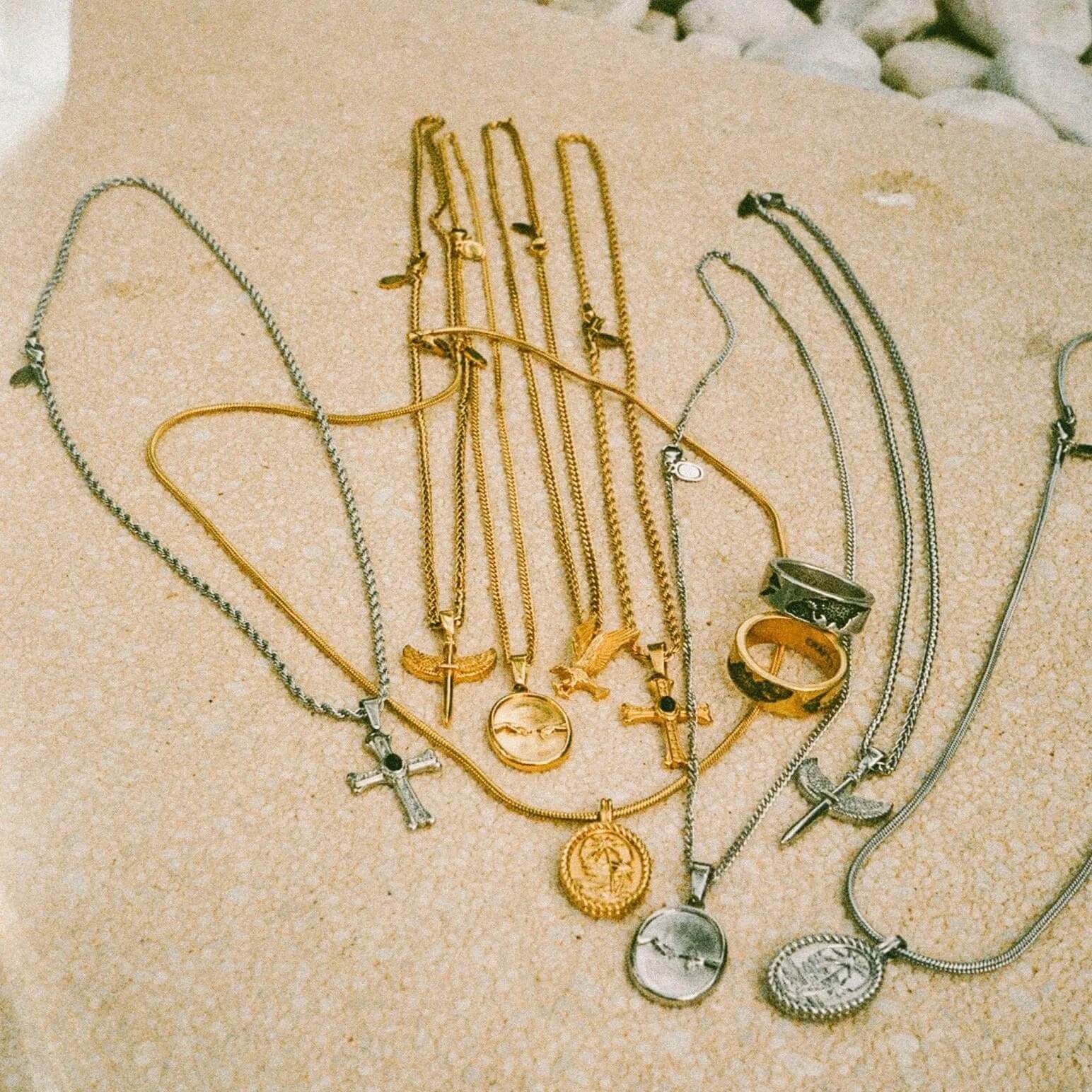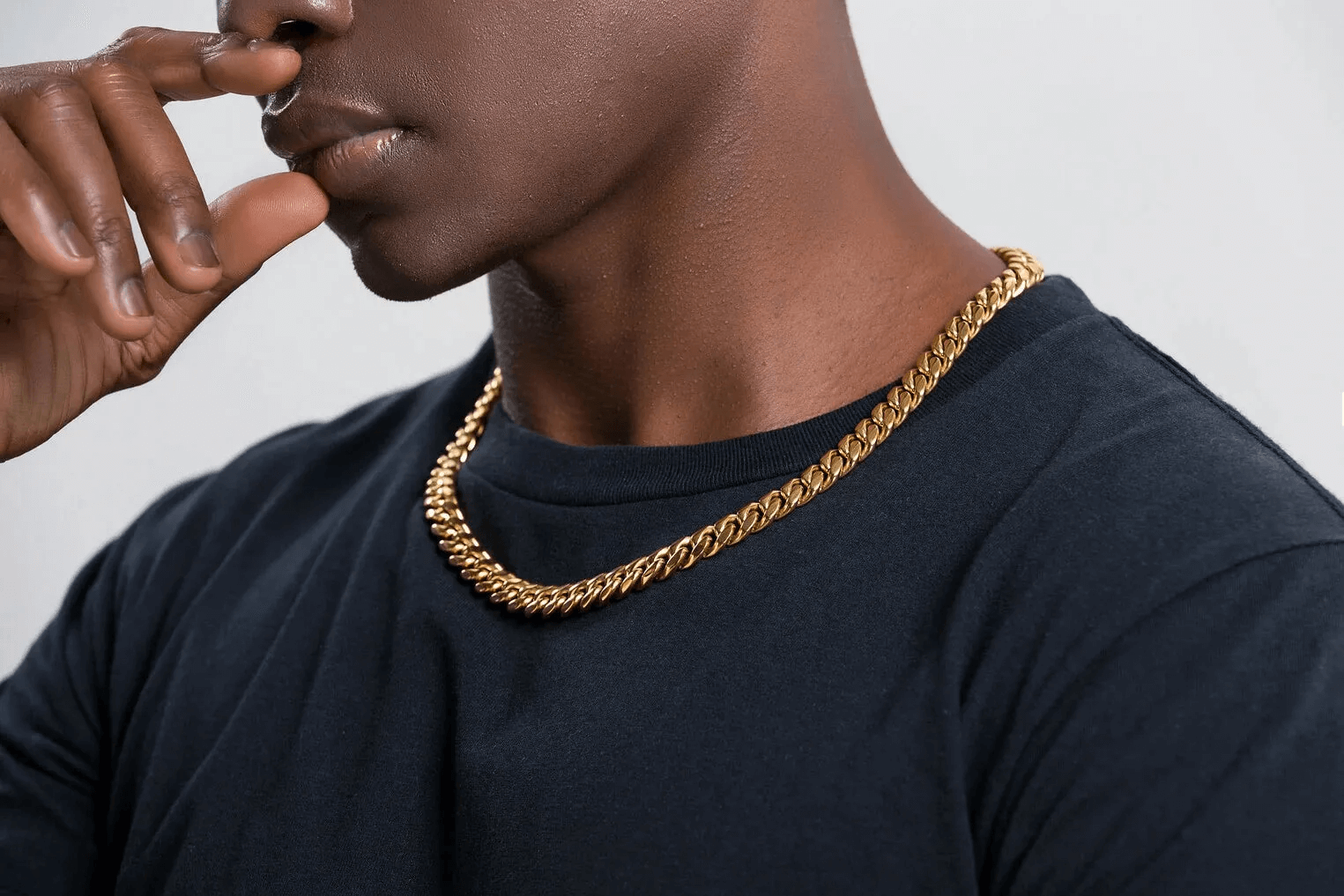How to Fix a Broken Necklace?
Mar 09,2023
Introduction to Fixing Broken Necklaces
Jewelry is an essential part of any wardrobe, but it's frustrating when your favorite necklace breaks. It can be tempting to throw it away or take it to a jeweler, but with the right tools and knowledge, you can fix it yourself. In this blog post, we'll guide you through the process of fixing a broken necklace step by step, including understanding the types of necklace breaks, required tools, and tips for preventing future necklace breaks.

Understanding the Types of Necklace Breaks
Before you can start repairing your necklace, it's essential to understand the type of break it has. The most common types of necklace breaks are:
-
Broken Chain Link: A chain link can break due to wear and tear, accidental pulling, or forceful impact.
-
Broken Clasp: The clasp is the metal component that connects the two ends of a necklace chain. It can break due to age, wear, or being pulled apart.
-
Twisted Chain: When a necklace chain gets twisted, it can be difficult to untangle it. This usually happens due to improper storage.
Tools and Materials Required for Necklace Repair
To fix a broken necklace, you'll need a few essential tools and materials. These include:
-
Pliers: You'll need a set of pliers to manipulate the chain links and reattach the clasp.
-
Jump Rings: Jump rings are small metal rings used to connect two necklace chain links.
-
Crimp Beads: Crimp beads are small metal beads that are used to secure the end of a necklace chain.
-
Chain Nose Pliers: Chain nose pliers are used to hold the jump ring or crimp bead in place while it's being closed.
-
Beading Wire: Beading wire is a thin, flexible wire that is used to restring a necklace.
Step-by-Step Guide to Fixing a Broken Necklace Chain
Here's a step-by-step guide to fix a broken necklace chain:
- Determine the break: Look closely at the necklace to determine the type of break it has. If it's a broken link, identify which link is broken. If it's a broken clasp, determine which component of the clasp is damaged.
- Gather the necessary tools and materials: Once you've identified the type of break, gather the tools and materials required for the repair, including pliers, jump rings, crimp beads, chain nose pliers, and beading wire.
- Remove the broken link: If the necklace has a broken chain link, use the pliers to open the jump ring on one side of the broken link. Remove the broken link and discard it.
- Attach a new link: Take a new jump ring and use the pliers to open it. Slide it through the two remaining links on either side of the broken link, and then close the jump ring with the pliers.
- Fix a broken clasp: If the clasp is broken, remove it from the necklace by opening the jump ring on either side of the clasp with pliers. Slide the jump ring out of the clasp, and then discard the damaged clasp.
- Attach a new clasp: Take a new jump ring and slide it through the two links at the end of the necklace. Then, slide the new clasp onto the jump ring and close the jump ring with pliers.
- Fix a twisted chain: If the necklace chain is twisted, lay it out flat and gently untangle it. Be careful not to pull or force the chain, as this can cause it to break.
Preventing Future Necklace Breaks
To prevent future necklace breaks, it's important to take good care of your jewelry. Here are a few tips:
- Store your necklaces properly: Store your necklaces in a separate compartment of your jewelry box to prevent them from getting tangled.
- Avoid exposure to harsh chemicals: Avoid exposing your necklaces to harsh chemicals, such as cleaning products or perfume, as this can damage the metal and weaken the chain links.
- Handle with care: Be gentle when handling your necklaces and avoid tugging or pulling on them.
Conclusion: Restoring Your Favorite Necklace
Fixing a broken necklace may seem daunting, but with the right tools and knowledge, it's a simple process that can be done at home. Remember to identify the type of break, gather the necessary tools and materials, and take good care of your jewelry to prevent future necklace breaks. By following these steps, you can extend the life of your favorite necklaces and save money on expensive repairs.



2 comments